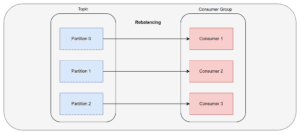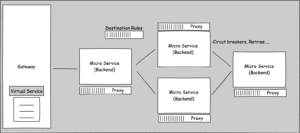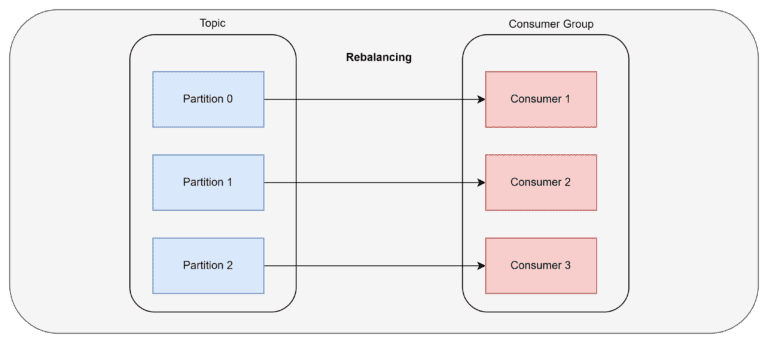Introduction
Backup and disaster recovery (DR) plans are critical components of IT system management, ensuring the continuity of operations and data security in the face of unexpected catastrophes. Let’s look at their significance and key ideas.
Disaster Recovery and Backup Plans Are Critical
Backup and disaster recovery policies safeguard essential data from loss due to hardware failure, human mistake, virus, or natural catastrophes. Let’s examine their significance and central ideas:
Data Protection: Backup and disaster recovery plans protect vital data from loss caused by hardware malfunctions, human error, malware, or natural disasters.
Business Continuity strategies: These strategies minimize disturbance and allow firms to continue key operations in the face of disruptions.
Regulatory Compliance: Many sectors and areas require firms to have backup and disaster recovery strategies in place in order to secure sensitive data and remain compliant.
Reputation Management: Quick recovery from disasters aids firms in preserving their reputation and consumer trust.
Financial Savings: Disaster recovery planning lessens the financial impact of disruptions by helping firms to avoid significant revenue losses.
Terminologies
Backup is the process of creating and storing data copies in order to prevent data loss. Backups are typically saved on media or systems separate from the original data source.
Disaster Recovery (DR) is a complete plan and set of procedures for quickly recovering IT systems and data following a disaster or substantial disruption.
Recovery Time Objective (RTO) The maximum allowed downtime for a system or application is defined as the Recovery Time Objective (RTO). It stipulates how quickly services must be restored after a tragedy.
RPO (Recovery Point Objective) RPO establishes the maximum amount of data loss that may be tolerated in the event of a disaster. It specifies the date and time when data can be restored.
Failover is the process of transitioning from a primary system to a secondary system (typically a backup or redundant system) in the case of a failure.
Failback is the process of returning operations to the primary system once it’s restored and stable after a failover event.
Redundancy: Putting redundant systems, servers, or data centers to ensure system availability if the original system fails.
Hot Site, Warm Site, Cold Site: There are three types of disaster recovery sites, each with a different level of preparedness: hot, warm, and cold sites. A hot site is fully outfitted and ready to use right away, but a cold site takes substantial preparation.
Backup Types: Backups are classified into three types: full backups, incremental backups, and differential backups.
Backup Rotation is a backup management method that consists of backup frequency, retention periods, and archiving procedures.
Offsite Backup refers to the storage of backup copies in a geographically distinct place in order to protect against localized calamities.
Backup and Recovery Testing: Test backup and disaster recovery plans on a regular basis to ensure they work as expected in the case of a real disaster.
High Availability (HA): A system design technique aimed at reducing downtime by assuring continuous access to applications and data.
Geographic Redundancy is the distribution of systems and data across several geographic regions to protect against regional disasters.





















